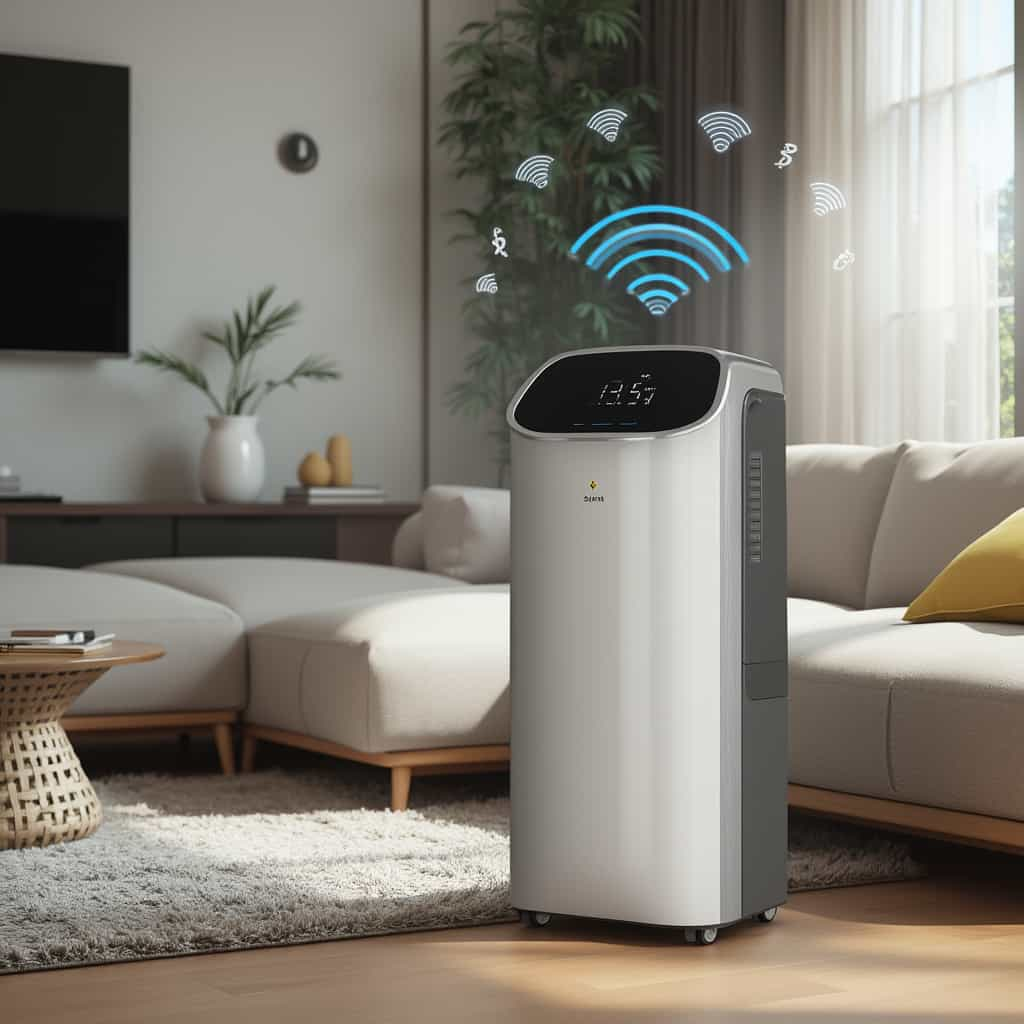In recent years, the climate control technology scene has been revolutionized by portable air conditioners (PACs), a versatile and convenient solution for cooling needs. As 2025 approaches, the PAC market is poised for significant innovations driven by new technologies, consumer demand for sustainability, and smart home integrations. This article delves into the exciting developments and trends in the PAC industry, offering insights into new models, purchasing trends, and available offers.
With climate change increasingly affecting temperature patterns worldwide, portable air conditioners have emerged as a booming sector within the broader HVAC industry. According to a study by MarketsandMarkets, the global PAC market is projected to reach a value of $8.4 billion by 2025, showcasing a compound annual growth rate (CAGR) of 10.5%. Regionally, North America, Europe, and Asia-Pacific are witnessing the highest PAC adoption rates, with Asia-Pacific showing the most aggressive growth due to rising temperatures and urbanization.
The drive towards more environmentally friendly technologies has spearheaded innovations in the PAC space. Leading the charge in 2025 are models featuring hydrofluoroolefin (HFO) refrigerants, which have a lower global warming potential compared to previous generations. The EU Commission’s 2020 regulations have accelerated the adoption of these sustainable refrigerants in Europe, setting a precedent for global markets.
Smart home integration continues to be a major trend, with new PAC models equipped with Wi-Fi connectivity and compatible with virtual assistants like Amazon Alexa and Google Assistant. This connectivity offers users not only the convenience of remote control but also energy-saving benefits through smart scheduling features.
Iconic brands such as LG, Honeywell, and Dyson have unveiled their 2025 PAC lineup, boasting innovations in both functionality and design aesthetics. Dyson’s latest model, the ‘CoolShot Silent,’ introduces noise-cancellation technology, an area long scrutinized within the PAC industry. Meanwhile, LG’s ‘EcoCool’ series advances in inverter technology ensure highly efficient cooling with minimal energy consumption.
In parallel to technological advancements, the cost-effectiveness of PACs is increasingly coming under the spotlight. A noteworthy trend is the competitive pricing strategies driven by Chinese manufacturers like Haier and Midea that offer high efficiency at a fraction of the traditional costs. Consumer Reports highlights Midea’s ‘UltraCool’ as the top value model for 2025, praised for its affordable price point without compromising on performance.
Purchasing trends signal a diverse incidence of PAC adoption across different regions. North American consumers often favor PACs with heating capabilities, reflecting a preference for year-round utility. In contrast, the European market shows a predilection for energy efficiency and eco-friendliness, likely influenced by strict energy regulations. The burgeoning middle class in Asia-Pacific prioritizes affordability and compactness, aligning with their urban living environments.
Amidst these advancements and trends, experts emphasize the importance of considering energy ratings and warranty periods when purchasing a PAC. Thomas Klein, an HVAC consultant from TechCooling Solutions, advises, ‘Opt for models with high SEER ratings and at least a two-year warranty for assurance of quality and service longevity.’ Warranties are becoming a more pivotal purchasing consideration, with brands increasingly offering extended guarantees to differentiate their products in a crowded market.
Prominent e-commerce platforms like Amazon and Best Buy have become key players in making PACs accessible worldwide, often hosting flash sales and bundling offers, which keen consumers utilize for significant savings. According to a recent Statista survey, over 60% of portable air conditioner purchases in 2025 will be made online, underscoring the shift from traditional retail to e-commerce.
The future of portable air conditioners is not only exciting but also transformative, reflecting broader shifts towards smarter and sustainable domestic technologies. As consumer expectations grow, manufacturers rise to the challenge of delivering innovative, energy-efficient, and cost-effective solutions. For those in search of the best deals, staying informed of current technology trends and regional purchasing behaviors is key to making wise investments.
You may also like
Fixed Air Conditioners: Innovations and competitive pricing
As we move into 2025, the fixed air conditioner market is seeing unprecedented innovations and competitive pricing. This article explores the latest trends, technological advancements, and regional buying patterns, offering insights into the best value-for-money models available.
Pellet Stove: Innovative designs and regional preferences
As energy efficiency becomes a global priority, pellet stoves continue to gain popularity across various regions. 2025 introduces cutting-edge models equipped with advanced technologies, providing sustainable heating solutions with competitive pricing. This article delves into the latest market trends, innovative designs, and regional preferences, offering a comprehensive guide for consumers.
The Evolution of Gas Boilers: What to Expect in 2025 and Beyond
This article explores the latest advancements in gas boiler technology anticipated for 2025, including innovative models, market trends, and purchasing advice. We analyze market trends, geographical influences on sales, and offer insights into the best value models currently available.
Electric Boilers: Market Trends and Best Buys
Electric boilers have become a preferred choice for many due to their efficiency and eco-friendliness. This article explores the latest innovations, market trends, and offers buying suggestions for the most innovative and cost-effective electric boilers.
The Future of Home Heating: Innovative Heat Pumps Expected in 2025
As the world looks towards more sustainable energy solutions, heat pumps are emerging as a viable alternative for heating independent homes. This article explores the latest advancements, market trends, and some of the most cost-effective models available for 2025.
